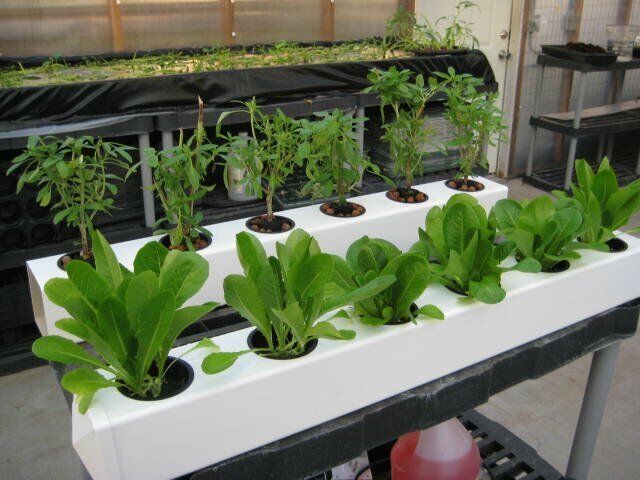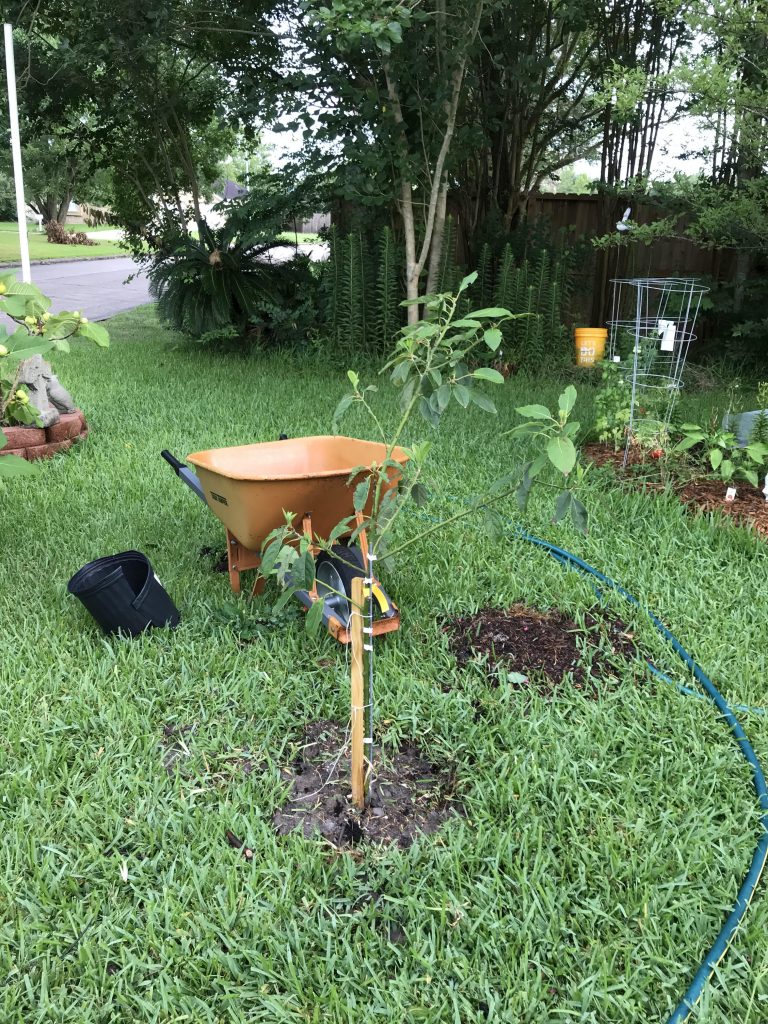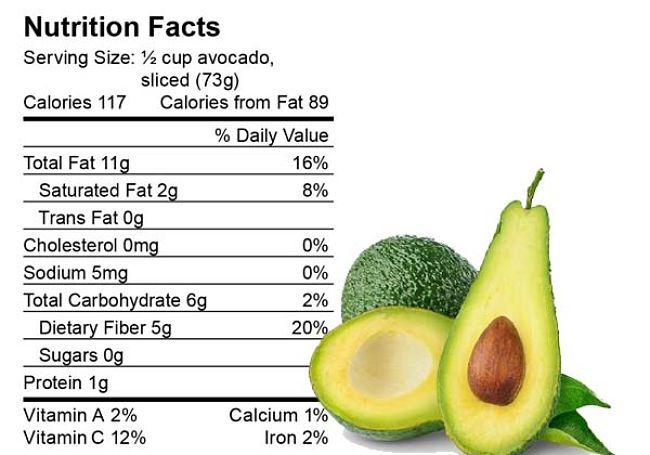How to Propagate Organic Green Onions, Scallions, and Chives
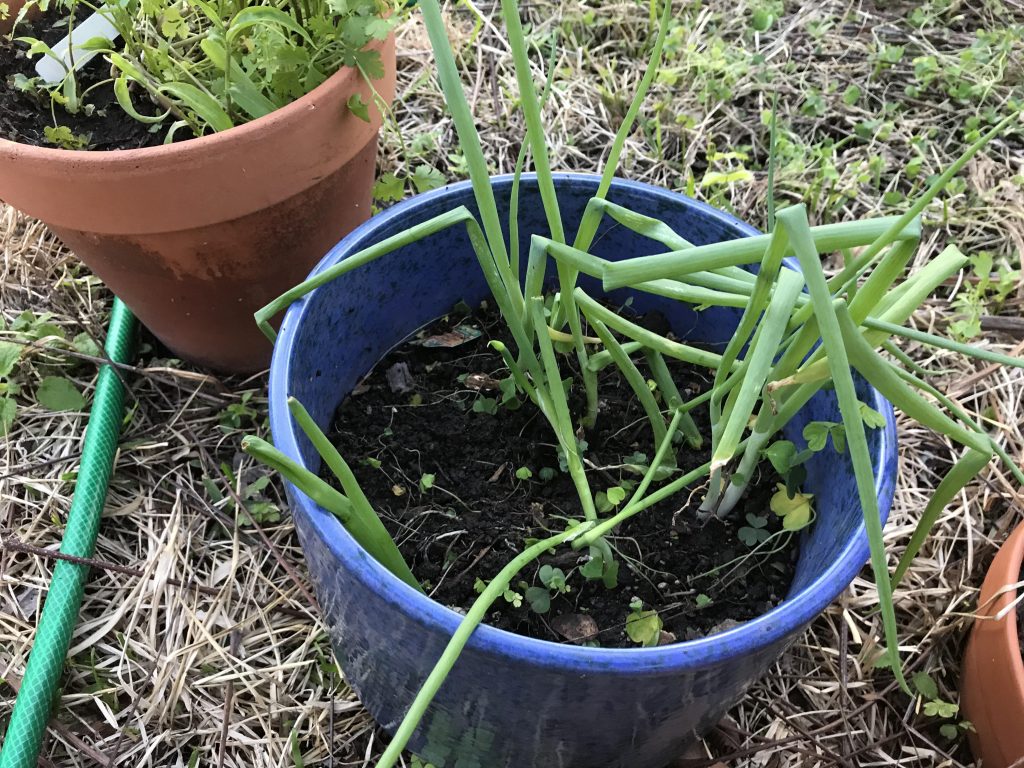
|
Ads we feature have been independently selected and reviewed. If you make a purchase using the links included, we may earn a commission, which helps support the site. Thank you for your support.
Do you like to use green onions or scallions in your recipes? Do you like them as fresh as they can be? Do you prefer organic produce? Do you like to save money? Are you really big on convenience? If you answered yes to any of these questions then you need this gardening tip! It applies whether your vegetable or herb garden is outside or if you rely on hydroponic gardening for those fresh edibles all year round.
Green Onions, Scallions, and Chives, What’s the Difference?
To begin with, green onions and scallions are the same thing, different name. That one and chives look and taste quite similar, but they are different plants. They have different practical uses as well as different nutritional profiles.
The primary difference from a botanical point of view is that green onions are a vegetable but chives are considered an herb like basil is. Surprisingly, chives also have a higher nutrient profile than green onions do. This makes sense because since herbs in general usually have a denser nutritional content.
Botany can be perplexing and befuddling for us mere mortals. For example, quinoa (Chenopodium quinoa, or goosefoot) is not in actuality a true cereal grain, but rather a “pseudo-cereal.”
How to Get Your “Free” Produce
You will be amazed at how simple this is! When most people (almost all, actually) cut off the root section, they throw it in the trash; they don’t even compost vegetable scraps including these gems. Composting is important, especially if you are a prepper, homesteader, or just living off the grid.
So, here’s the process. Cut off the root section as usual, leaving about 1/2 inch of the bulb on it. Plant it, root section down, about 2 inches deep. As you can see from the picture at the top of this article, a simple ceramic pot works for my needs. Yes, I’m ready to put some fresh hardwood mulch in there. A top-dressing of compost periodically is a good idea. The idea is to harvest the biggest one, plant its root section; it’s a two-minute operation, easy-peasy. Water daily. Check out the size of my home-grown organic scallion (I’m making Panamanian-style ceviche today).
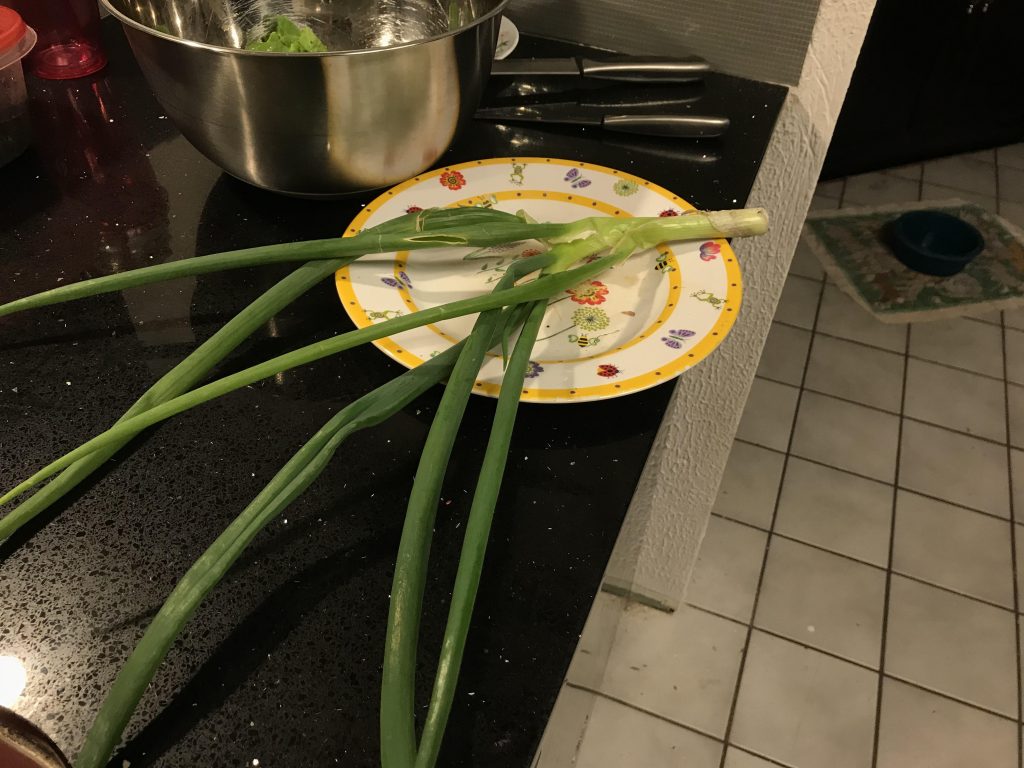
Well, that’s just about all there is to generating and enjoying an endless crop of green onions (scallions) and chives. Do it in your herb garden, kitchen window, or hydroponically. It’s all good in the culinary universe.
Further Reading
- Indoor Gardening: Basic Hydroponic Tools and Equipment
- Basil: a Savory Addition to Your Herb Garden and Kitchen
- The Health Benefits of Quinoa
- 8 Steps to an Environmentally-Friendly Garden
- 8 Prepper Tips for Beginning Survivalists
- Panamanian-Style Ceviche Recipe
Looking for more great content? Visit our main page or partner sites:
I offer article and blog-writing services. Interested? Hire Me!
Did you find this article helpful? Millions of readers rely on information on this blog and our main site to stay informed and find meaningful solutions. Please chip in as little as $3 to keep this site free for all.




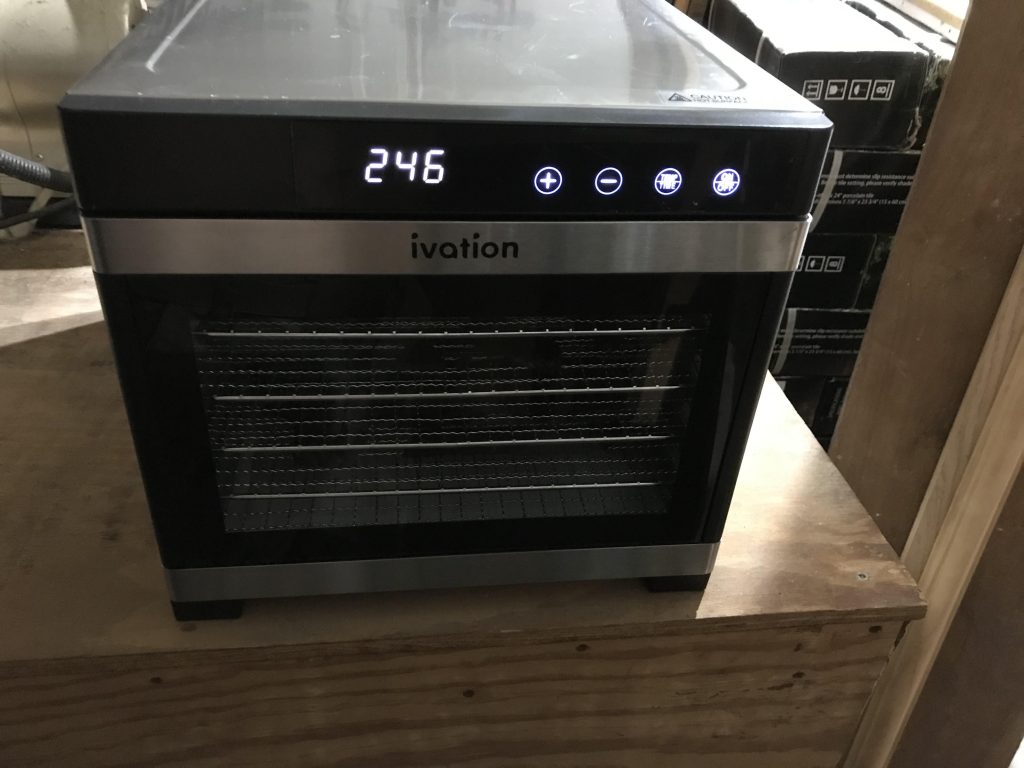

 Kelly R. Smith is an Air Force veteran and was a commercial carpenter for 20 years before returning to night school at the University of Houston where he earned a Bachelor’s Degree in Computer Science. After working at NASA for a few years, he went on to develop software for the transportation, financial, and energy-trading industries. He has been writing, in one capacity or another, since he could hold a pencil. As a freelance writer now, he specializes in producing articles and blog content for a variety of clients. His personal blog is at
Kelly R. Smith is an Air Force veteran and was a commercial carpenter for 20 years before returning to night school at the University of Houston where he earned a Bachelor’s Degree in Computer Science. After working at NASA for a few years, he went on to develop software for the transportation, financial, and energy-trading industries. He has been writing, in one capacity or another, since he could hold a pencil. As a freelance writer now, he specializes in producing articles and blog content for a variety of clients. His personal blog is at 